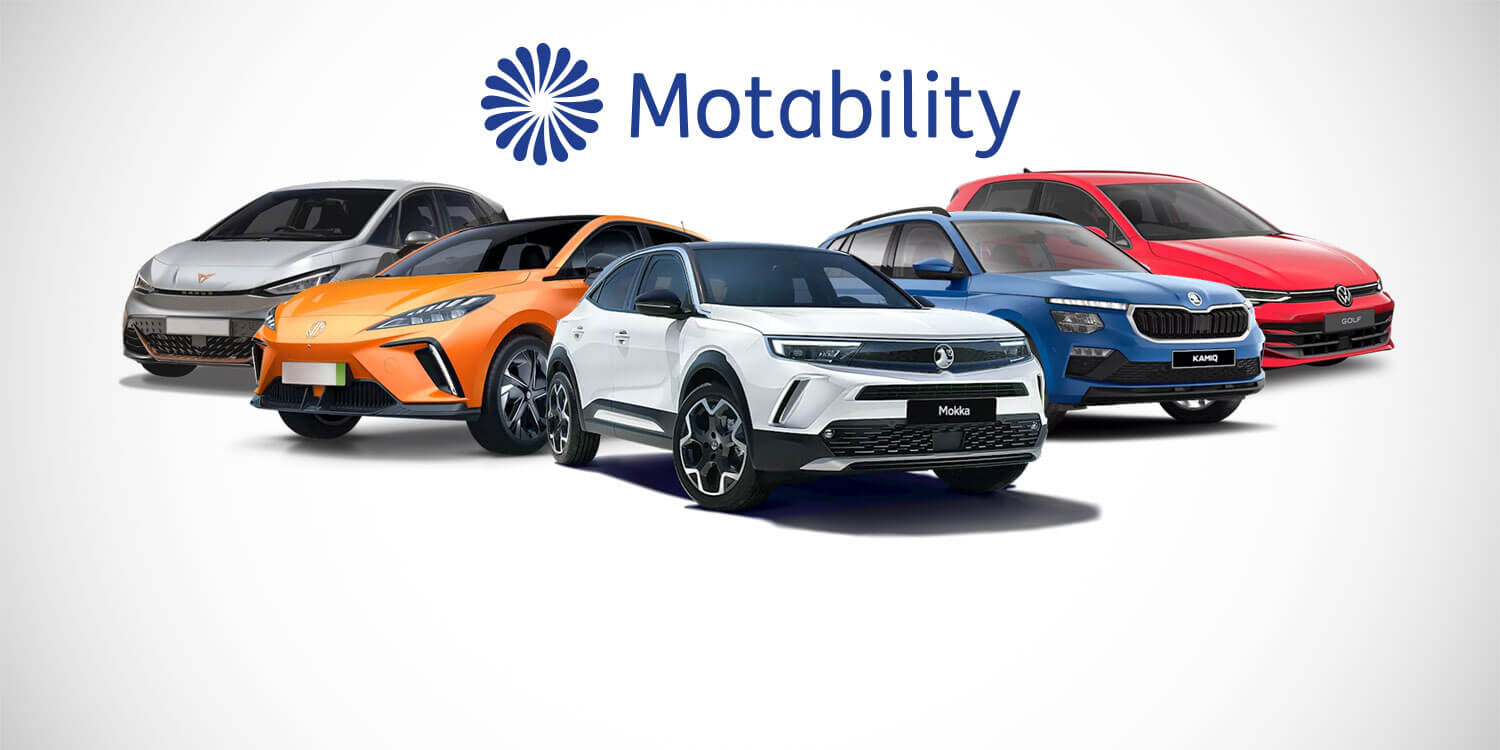Regenerative braking is an important car technology that is often used in electric and hybrid vehicles. Learn more about what it is and how it works in this article by Harry Waring from Car Buyer.
Regenerative braking is a feature found in many different types of modern cars, including petrol and diesel models as well as those powered by electric or hybrid power. Manufacturers such as Ford, Tesla, and Volkswagen now fit their vehicles with this technology; designed to collect energy that would otherwise be wasted when using the brakes and store it in the vehicle’s onboard battery. This system has many benefits, such as supporting the vehicle’s ancillary systems like the radio and headlights, or even recharging an EV’s battery to increase its range.
Regenerative braking uses advanced technology to harvest and store this energy, though most drivers won’t be too concerned with the details of exactly how it works. Car manufacturers have implemented regenerative braking to make it seamless to use, so the driver shouldn’t even know it’s there. However, regenerative braking has some side effects worth bearing in mind if your car uses this technology.
How does regenerative braking work?
On electric or hybrid vehicles, the electric motor used to power the vehicle’s wheels will move in either a forward or backwards motion. When you apply the accelerator, the motor rotates forward, causing the car to accelerate. Lifting your foot off the pedal will cause the electric motor to spin in the opposite direction, slowing the vehicle down gradually, and actually bringing it to a stop in models with ‘one pedal driving’.
This is where regenerative braking occurs, as kinetic energy spins the motor and puts electricity into the battery. The intensity of the regenerative braking affects how much power is regenerated and returned to the battery. The driver can adjust the regenerative braking strength, meaning an electric car either slow down more abruptly for more significant energy recovery or at a softer rate but with reduced regeneration.
In petrol, diesel and hybrid cars with regenerative braking, recuperated power is stored in a small battery for other uses, such as powering the car’s electrics or boosting the engine’s efficiency in a hybrid-powered vehicle.
What are the advantages of regenerative braking?
The advantages of regenerative braking include increased efficiency, lower fuel consumption, and an increased driving range while on the move. Regenerative braking also helps minimise the impact of wear and tear on the car’s brakes, as the motor provides the slowing power, helping owners save money on brake repairs later on down the line. Many drivers also enjoy the feeling of regenerative braking as it enables them to drive using just the accelerator pedal – referred to as one-pedal driving – which can help reduce fatigue in urban driving.
What are the disadvantages of regenerative braking?
The disadvantages of a regenerative braking system include the low power gains when used in its lightest setting and the vehicle’s constant tendency to slow down intensely when the driver’s foot is lifted off the accelerator when a stronger mode is selected. Some drivers enjoy this sensation, though many find it unusual, and it can be irritating to get used to at first. While strong regenerative braking can be a real benefit in heavy traffic, or on a twisty country lane, it’s often best to turn it off on faster roads and the motorway, where it’s less desirable for the car to decelerate each time you ease off the accelerator pedal.
This article was written by Harry Waring from Car Buyer and was legally licensed through the Industry Dive Content Marketplace. Please direct all licensing questions to legal@industrydive.com.
Related articles
How green are electric cars? Environmental impacts explained
Want to learn more about electric vehicles? Start here
Car lights explained: When to use the different types of lights on a car
![]()






